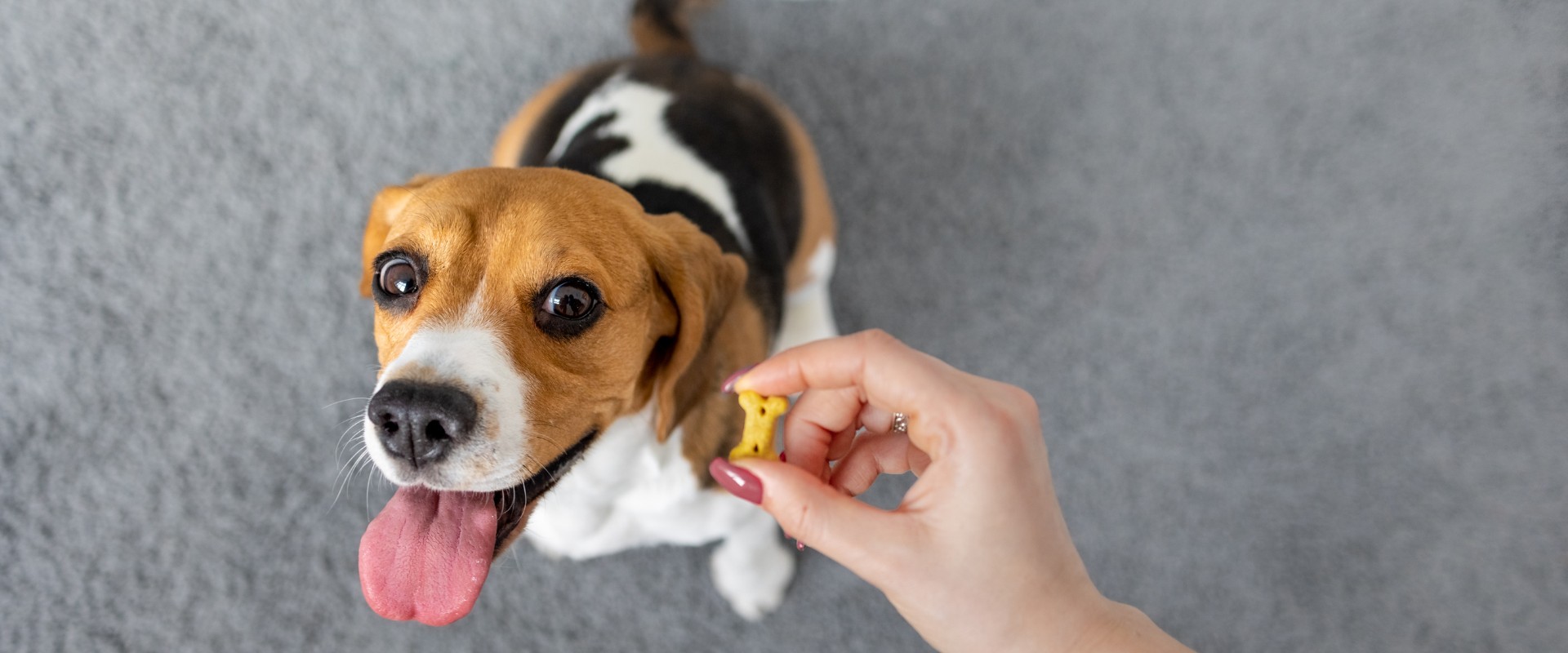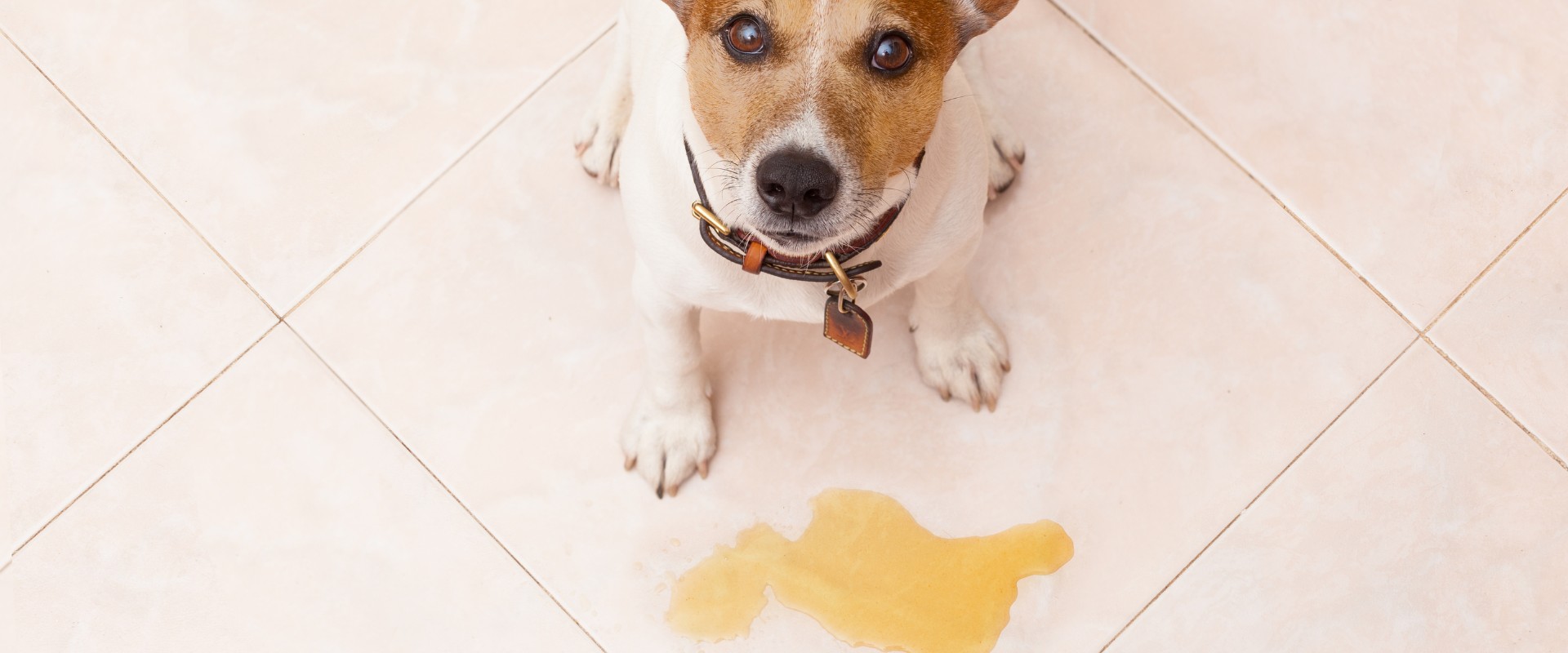Dogs are incredible companions, offering unconditional love, loyalty, and endless entertainment. But like any relationship, a strong bond with your dog requires effort and understanding. Dog training plays a crucial role in building this bond and creating a harmonious household.
While countless training methods and philosophies exist, some fundamental principles remain universally golden. Mastering these five golden rules will set you and your furry friend on the path to success:
1. Understand Your Dog
Before diving into commands and tricks, take the time to truly understand your dog. Every dog is an individual with unique needs, desires, and learning styles. Consider these factors:
- Breed: Different breeds have inherent traits and instincts. Research your dog’s breed to understand their natural tendencies and tailor your training approach accordingly.
- Age: Puppies have shorter attention spans and require frequent, short training sessions. Adult dogs may learn faster but can also be more set in their ways.
- Personality: Some dogs are energetic and outgoing, while others are more cautious or reserved. Adapt your training methods to match your dog’s temperament.
- Health: Physical limitations or sensory impairments can impact your dog’s learning ability. Address any health concerns with your veterinarian before starting training.
Building a strong foundation of understanding will make training more effective and enjoyable for both of you.
2. Embrace Positive Reinforcement
Positive reinforcement is the cornerstone of successful dog training. This approach rewards desired behaviors, making them more likely to be repeated. Rewards can be in the form of:
- Treats: Food is a powerful motivator for most dogs. Use healthy treats and gradually decrease the frequency as your dog’s behavior becomes consistent.
- Praise: A simple “good boy” or “good girl” with enthusiastic petting can be incredibly rewarding for your dog.
- Play: Engaging in your dog’s favorite game is a fun and effective way to reinforce positive behavior.
- Attention: Positive interactions, like petting or cuddling, strengthen your bond and motivate your dog to repeat the desired behavior.
Positive reinforcement builds confidence, trust, and a love for learning in your dog. Avoid punishment, as it can create fear, anxiety, and even aggression. Remember, your goal is to make training a positive experience for both of you.

3. Be Consistent and Patient
Dog training is a marathon, not a sprint. Consistency and patience are key to achieving lasting results. Here are some tips:
- Set clear expectations: Define the desired behavior and use the same cues (commands, hand signals) every time.
- Practice regularly: Short, frequent training sessions are more effective than long, infrequent ones. Aim for 10-15 minutes of training two to three times a day.
- Be patient: Learning takes time, especially for young puppies. Don’t get discouraged if your dog doesn’t master a command immediately.
- Avoid distractions: Minimize distractions during training sessions to help your dog focus on you and the task at hand.
- Be mindful of your energy: Your dog can pick up on your emotions. Stay positive and upbeat, even if you’re feeling frustrated.
Consistency and patience show your dog that you’re reliable and dedicated to their learning.
4. Make it Fun and Engaging
Dog training should be a fun and rewarding experience for both of you. Keep it light, incorporate games and play, and celebrate your dog’s successes. Here are some ways to make training more engaging:
- Use toys and props: Incorporate your dog’s favorite toys or training tools into your sessions.
- Vary your approach: Don’t get stuck in a rut. Switch up training exercises and locations to keep things interesting.
- End on a positive note: Always finish your training session on a successful note. This leaves your dog feeling accomplished and eager for the next session.
When training is fun, your dog will be more motivated to learn and participate.
5. Build a Strong Bond
Dog training is not just about teaching commands; it’s about building a strong bond with your furry friend. Here are some ways to strengthen your connection:
- Spend quality time together: Outside of training sessions, make time for playtime, cuddle sessions, and walks.
- Show affection: Pet your dog, play with them, and tell them how much you love them.
- Engage in shared activities: Go for walks, hikes, or swims together. Enroll in dog training classes or dog sports.
- Be their leader: Provide your dog with guidance, structure



